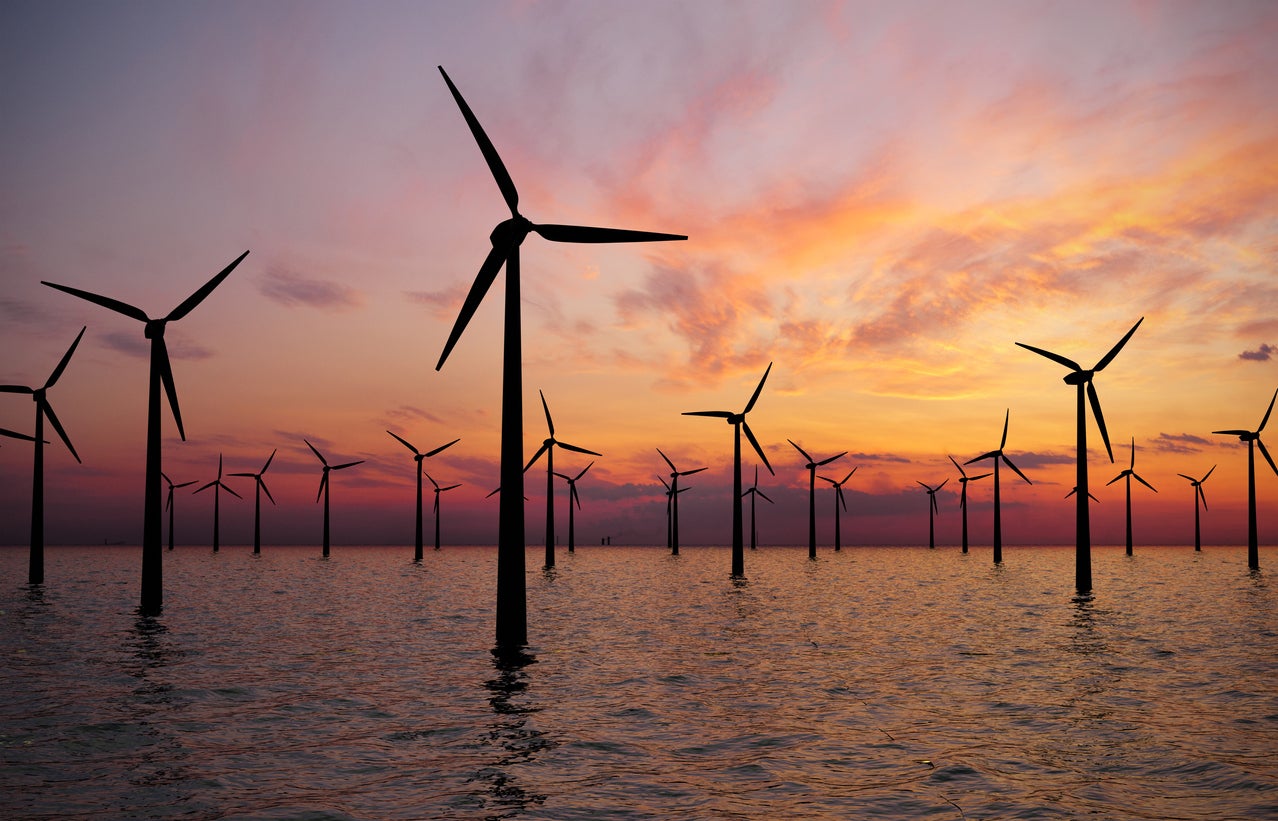Nonsteady Forcing of the Wind Turbine Main Bearing by the Passage of Atmospheric Surface Layer Turbulence Eddies

8:00 – 9:00 am MDT
James G. Brasseur
James Brasseur (Jim) is Research Professor of Aerospace Engineering Sciences at the University of Colorado Boulder. Before Dr. Brasseur spent 27 years as Professor of Mechanical Engineering, Biomedical Engineering and Mathematics at the Pennsylvania State University, where he retains Emeritus Professor status. Dr. Brasseur is a fluid dynamist with extensive expertise in two general areas of research: (1) turbulence physics and simulation, and modeling within the large-eddy simulation framework, with applications to atmospheric turbulence, wind turbine aerodynamics and turbulent combustion; (2) fluid and solid mechanics integrated within physiology and function of the gastro-intestinal tract, as well as related issues in drug delivery, including dissolution, transport and absorption in the intestines and in vitro devices. Dr. Brasseur has served on governing boards of the American Physical Society (APS), the APS Division of Fluid Dynamics, and two medical societies, was president of a medical society, and was founding chair of the APS Topical Group on the Physics of Climate. Dr. Brasseur is a member of the Johns Hopkins Society of Scholars and is Fellow of the American Physical Society through the Division of Fluid Dynamics.
ABSTRACT Wind turbines operate in the daytime surface layer region of the atmospheric boundary layer. We present key new knowledge of the nonsteady characteristics of the aerodynamic loads on a wind turbine rotor in response to the passage of coherent elongated surface layer eddy structure through the rotor disk. Of particular interest are the time changes in hub moment and force vectors acting at the rotor hub and on the main shaft, with consequent forcing of the main bearing. The aerodynamic responses are quantified with high-fidelity large-eddy simulations of the NREL 5 MW wind turbine embedded within a canonical daytime atmospheric boundary layer, with the rotor blades modeled using a state-of-the-art actuator line method. We find that whereas the rotation of the 3 blades through the time-averaged nonuniform velocity field over the rotor plane generates a highly periodic contribution to rotor hub moment and force, the passage of the rotor blades through the internal structure of the coherent atmospheric turbulence eddies creates strong enhancements and modulations to the periodic 3P responses, as well as the generation of strong nonperiodic hub load content at much lower and much higher frequencies. These correlate with the passage of clusters of coherent surface layer eddies and lead to the creation of exceptionally large peak-to-peak time changes in force acting on the main bearing. The largest time changes in main bearing force arise from specific 3P-with-high-frequency modulations that likely underlie premature main bearing failure and corresponding increases in levelized cost of energy.
Acknowledgements: The analysis was developed by soon-to-be Dr. Jarred Kenworthy for his PhD research program at the University of Strathclyde in Glasgow, Scotland. The research program is in collaboration with Dr. Edward Hart at the University of Strathclyde and Dr. Jonathan Keller at the National Renewable Energy Laboratory in Boulder, Colorado, USA.